World Fine Art Professionals and their Key-Pieces, 93 – Ruys
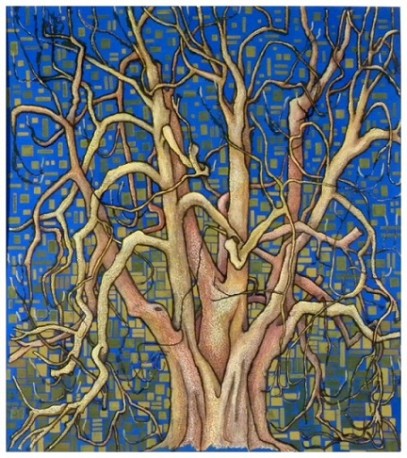 World Fine Art Professionals and their Key-Pieces, 93, Ruys
World Fine Art Professionals and their Key-Pieces, 93, Ruys
Ruys paints beautiful trees. With many branches, multicolor and clear lines. But she also paints birds and other animals. And not to forget: models and the open countryside of Friesland.
I spoke with Ruys in the Amsterdam MLB Gallery. Her work hung in the exhibition ‘Colour in Witte de With’. Not only her work but also work of the Amsterdam artists society The Independents, which has existed for over a century.
Mounds and orchards
Ruys works in the open air, along the Gein River, in the botanical gardens of both Amsterdam and Leiden and in North-East Friesland. “There I paint mounds (Dutch: terpen) and trees.” It’s particularly beautiful work. See for example, ‘Terp of Bornwird’. Only the finish she does in her own studio in the Jordaan in Amsterdam.
Ruys is her name, nice and short. It’s at the same time first name and surname. She used the name for the first time in her college days and since then it’s her stage name.
Africa
Africa is very important to her. If you know, you see it, in every work. For three years she was in Kenya, then two years in Ethiopia and in Sudan and Ghana. Later she worked as East Africa expert at Amnesty International Netherlands. In Kenya she gave needle lessons to girls and in Ethiopia she gave advice in the field of textile design and technology. She also gave drawing lessons.
After her return from Africa, she studied anthropology at the University of Leiden. She did her master’s degree at the University of Amsterdam, where she graduated at the Kanga, the East African shawl. “They have spells in Kiswahili on the edges. It’s a way for women to communicate. I specially went back to Mombassa for three months, in the meantime my husband took care of our two little ones.”
Africa is reflected in her work, in terms of atmosphere, color, light, movement and form. Ruys: “I do not think about it. I do not anyway, I feel. Drawing and painting is observing and feeling. I let myself loose, but at the same time I also strive to a certain perfection. I set high standards for myself. All these works are projects I’m working on for weeks. If I can not meet my requirements, I’ll throw the work away.”
Etching
Ruys always worked with oil paint, ink and watercolor. At one point she met her old etching teacher. He was living in Engwierum, east of Dokkum, direction Lauwerzijl. “’Are you still etching?’ he asked. I had learned it, etching, forty years ago, at the Rietveld Academy, but then I hadn’t worked on it so much.“ But now, she is etching again, with great regularity. “My etching teacher in Engwierum has the virus planted in me and that virus is continuing to develop. I’m studying books on etching and we regularly go to the high north of the Netherlands to a farm on a mound in Genum. In Engwierum I print my etchings. I do not yet own a printing press. If anyone has one he doesn’t use anymore, I like to get in touch.”
Discipline
Ruys is full time artist since 2000. She began her training at Academy De Schans, drawing and textile and pulled out a second-degree in Textiles. Then she went to the Rietveld Academy to study MO A drawing, but halfway through that program, she left for Kenya. And in Africa she would stay a considerable time, as we saw.
Now she is every day two/three hours engaged in drawing, painting and etching. She works hard, she says. “I have developed a discipline. If you do not have it, it doesn’t work out. I’m pretty hard on myself. I want to do so many things, so I have to plan everything well.”
Ficus tree
I have a quick glance at the work she is making in the gallery. A large tree with branches fanning out at various sheets of drawing paper. “It’s a ficus tree that I saw in Ghana. It has a size of twelve meters. I’ve drawn it from the north, east, south and west. If you look from above, you see that all the branches of the different sheets overlap. I also want to etch it. I want to play with it. With all these beautiful aerial roots. I’m doing it for a year. It’s a party.”
The day after we met, she was painting in the Jordaan, in the Constantia hofje (almshouse). “Lovely. I’m going to paint the cherry tree, the houses of the court in the background.”
http://ifthenisnow.eu/nl/verhalen/de-wereld-van-de-amsterdamse-kunstenaar-20-ruys
Disclaimer: The views, opinions and positions expressed within this guest article are those of the author Walter van Teeffelen alone and do not represent those of the Marbella Marbella website. The accuracy, completeness and validity of any statements made within this article are not guaranteed. We accept no liability for any errors, omissions or representations. The copyright of this content belongs to Walter van Teeffelen and any liability with regards to infringement of intellectual property rights remains with the author.

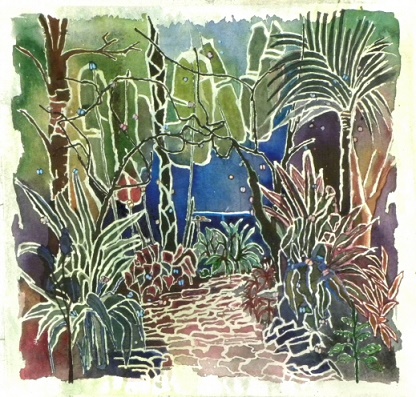
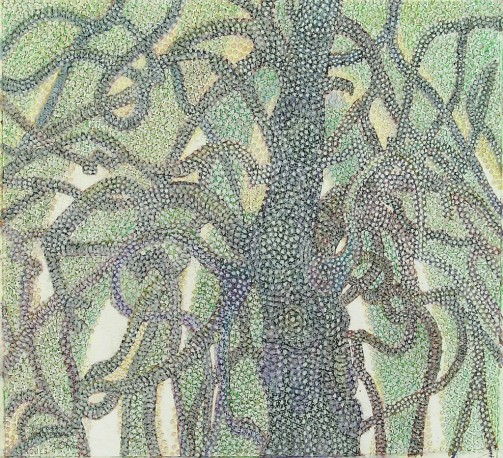
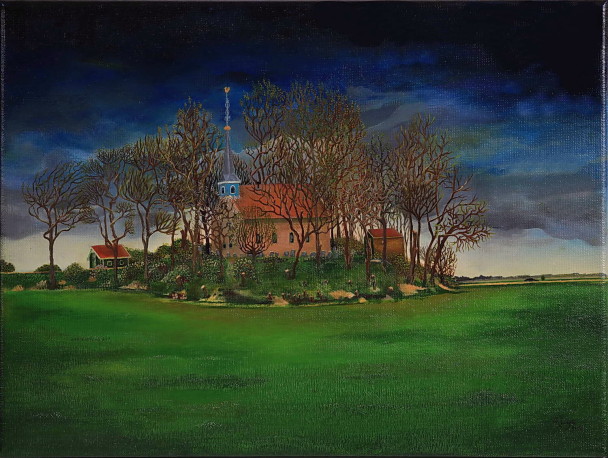
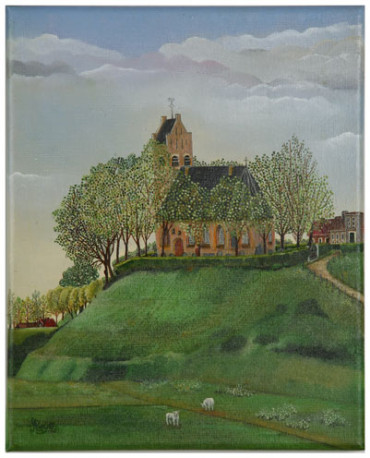
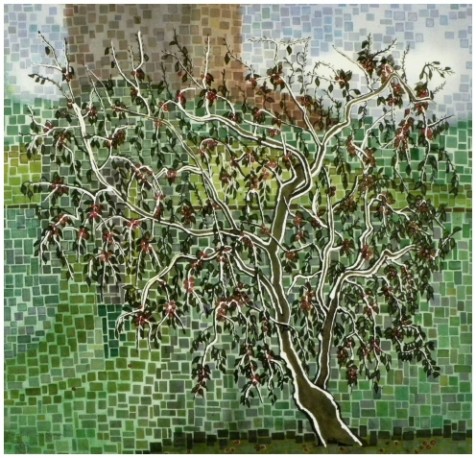
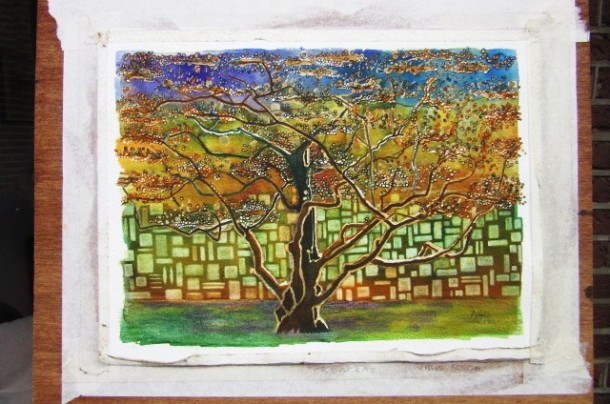
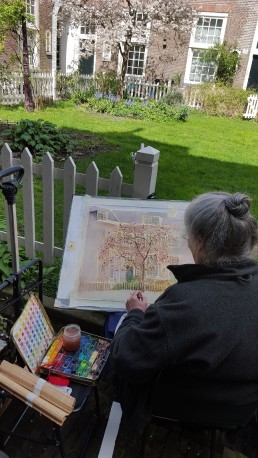
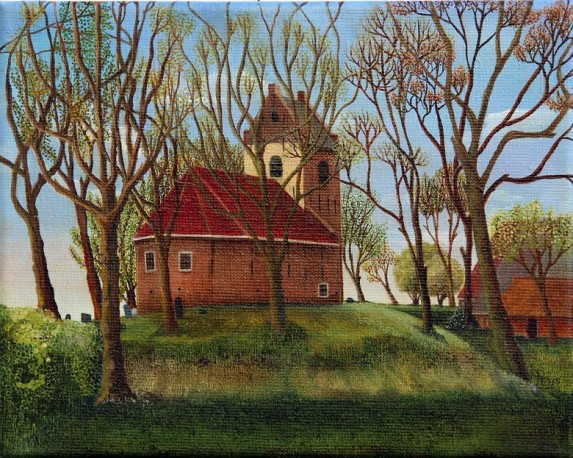
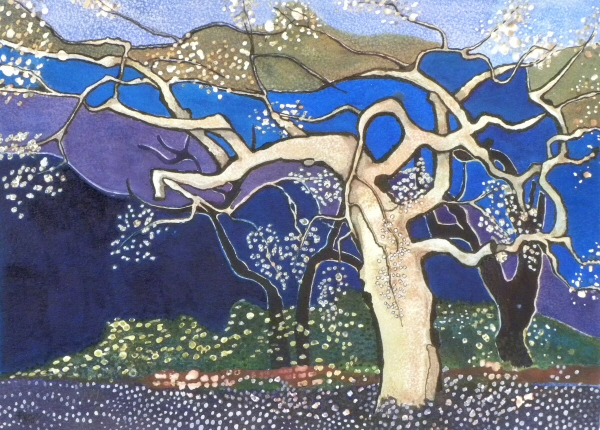














The opinions expressed by individual commentators and contributors do not necessarily constitute this website's position on the particular topic.